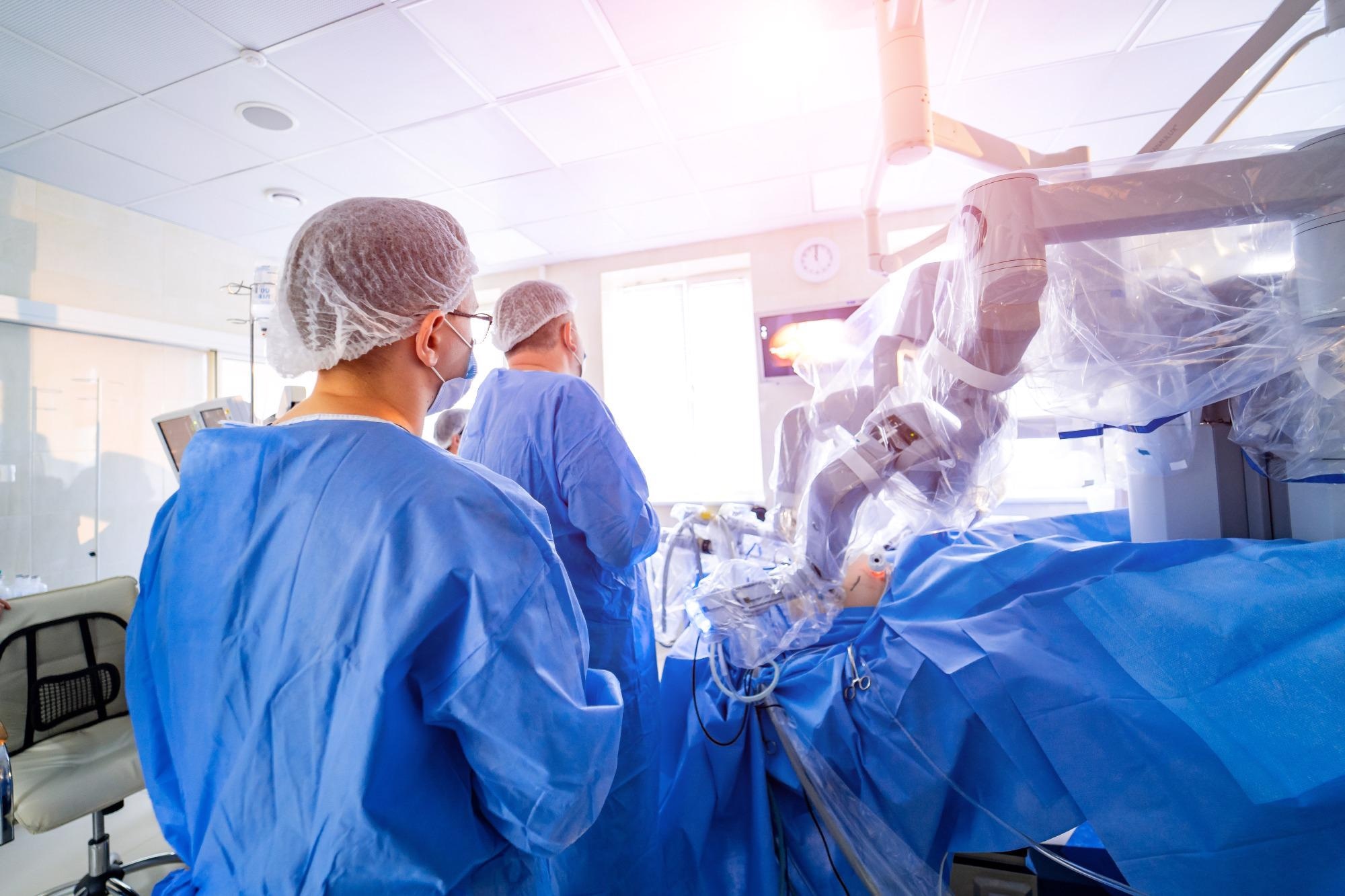
Image Credit: Shutterstock.com/Terelyuk
This robot is controlled by a virtual reality parallel system as a digital twin and can precisely image a patient via ultrasound without any radiation exposure or hand cramps that generally impede human operators. The international research group has published their technique in IEEE/CAA Journal of Automatica Sinica.
Intra-operative ultrasound is especially useful, as it can guide the surgery by providing real-time images of otherwise hidden devices and anatomy. However, the need for highly specialized skills is always a barrier for reliable and repeatable acquisition.
Fei-Yue Wang, Study Author and Director of State Key Laboratory of Management and Control of Complex Systems, Institute of Automation, Chinese Academy of Sciences
Wang observed that access to on-site sonographers can be restricted and that several procedures, where intra-operative ultrasound would be required, may also need X-ray imaging, which could expose the operator to dangerous radiation. To address these difficulties, Wang and his research team created a new platform for robotic intra-operative trans-esophageal echocardiography (TEE) — an imaging method that is extensively used for diagnosing heart disease and guide cardiac surgical procedures.
Our result has indicated the use of robot with a simulation platform could potentially improve the general usability of intra-operative ultrasound and assist operators with less experience.
Fei-Yue Wang, Study Author and Director of State Key Laboratory of Management and Control of Complex Systems, Institute of Automation, Chinese Academy of Sciences
The team used parallel control and intelligence to combine an operator with a robot in a virtual setting that precisely represents the real environment. Fitted with a database of ultrasound images and a digital platform that can rebuild anatomy, the robot could navigate the regions of interest to enable the operators to better visualize and plan possible surgical corrections done in computational experiments.
Such a system can be used for view definition and optimization to assist pre-planning, as well as algorithm evaluations to facilitate control and navigation in real-time.
Fei-Yue Wang, Study Author and Director of State Key Laboratory of Management and Control of Complex Systems, Institute of Automation, Chinese Academy of Sciences
The researchers have now planned to further combine the newly recommended parallel real/virtual system with particular clinical requirements to support the translational research of these imaging robots.
“The ultimate goal is to integrate the virtual system and the physical robot for in-vivo clinical tests, so as to propose a new diagnosis and treatment protocol using parallel intelligence in medical operations,” concluded Wang.
Journal Reference:
Wang, S., et al. (2021) Robotic Intra-Operative Ultrasound: Virtual Environments and Parallel Systems. IEEE/CAA Journal of Automatica Sinica. doi.org/10.1109/JAS.2021.1003985.